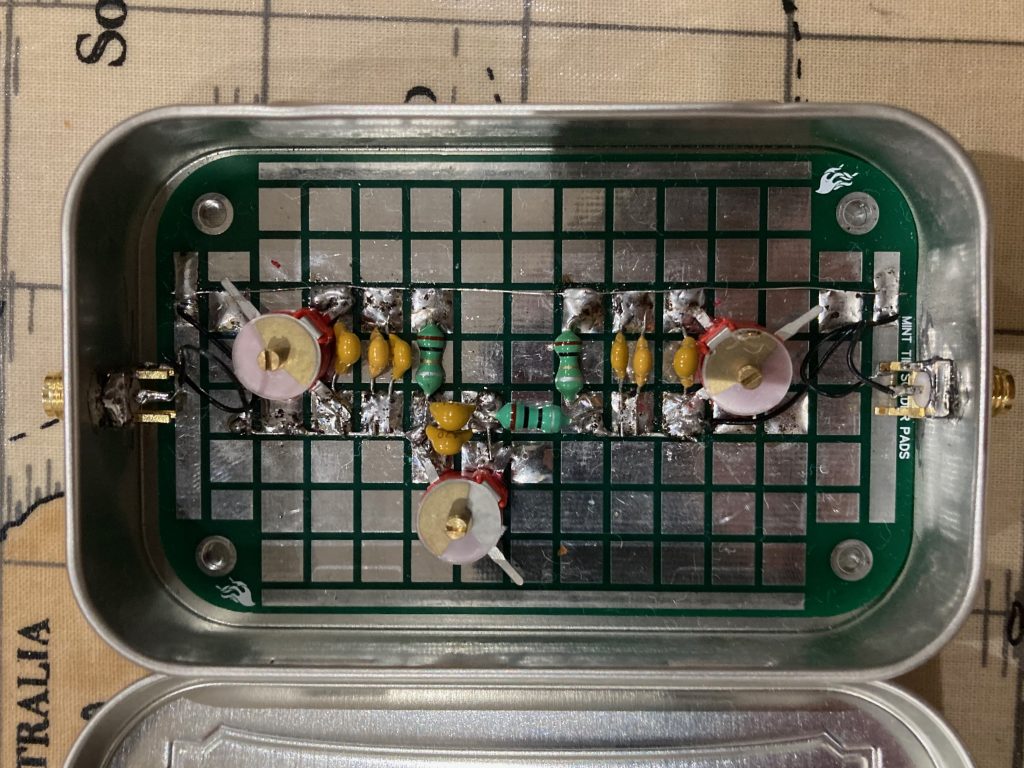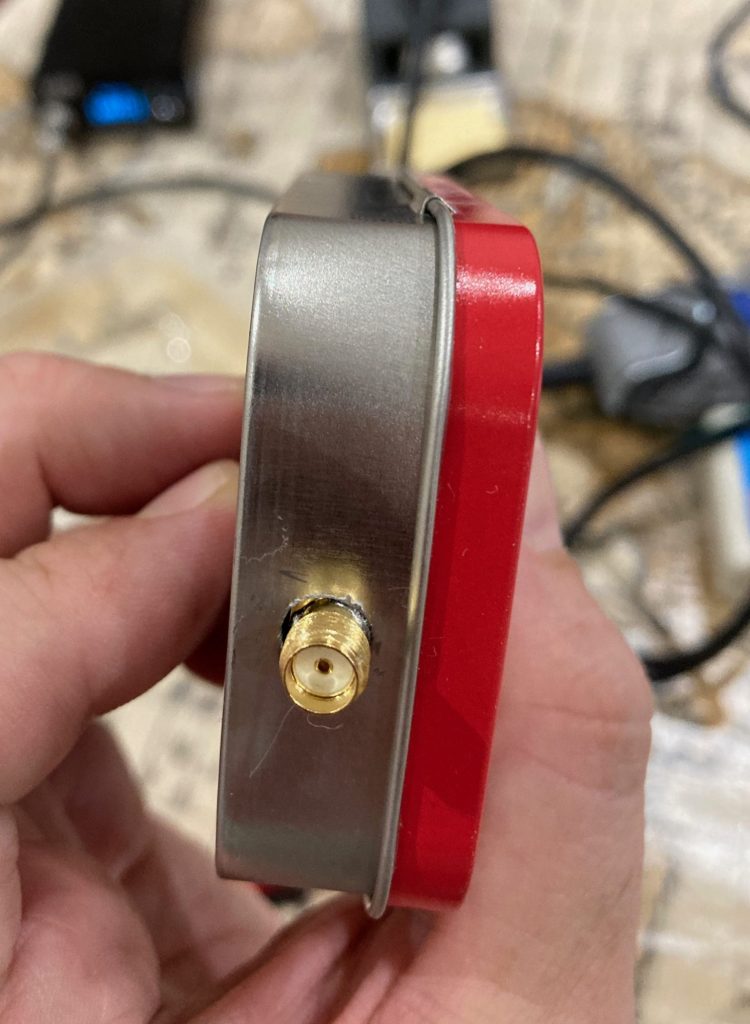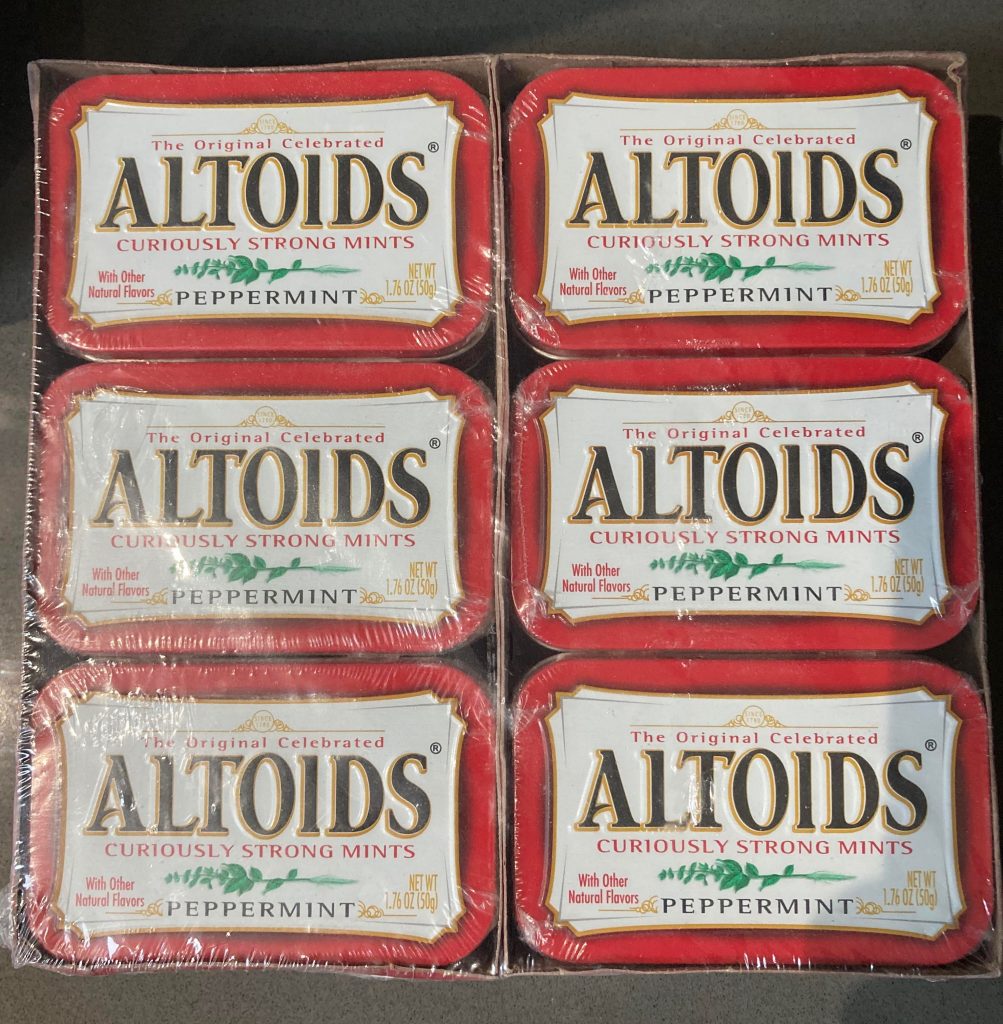After completing all the parts to my receiver I took it to the club this week for some more help testing. I knew that the receiver worked when I injected a signal from my NanoVNA, but testing in the real world didn’t yield any results. The club has a signal generator which I used with much assistance to test the product detector.
It turns out that although the product detector works it has horrendous sensitivity, of the level that would require something like a 1KW station across the street to ‘hear’ anything, so more work ahead to diagnose that fault.
In addition to this something went pop in my audio amp yet again. The amp was working, I turned to focus on the product detector then I heard a spark, saw some smoke and the chip was very hot. There is definitely some kind of fault in that audio amp, I think as it’s has so much desoldering, resoldering and adjustment there is probably an intermittent short, or something along those lines…more work to diagnose this fault too.





